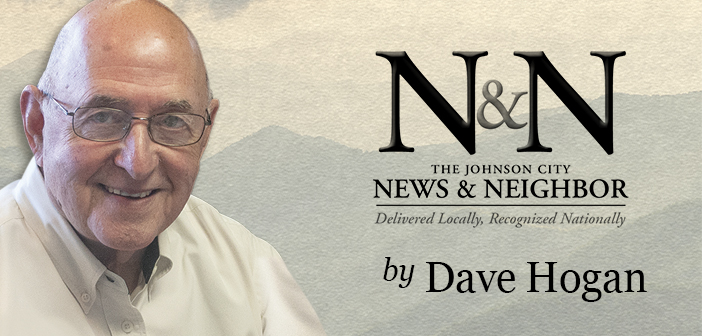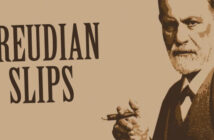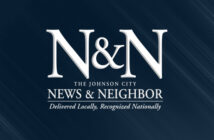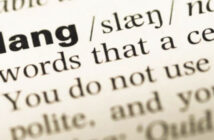At age 19, I fell off the turnip truck right in the center of downtown Asheville. I’d achieved my dream of getting a big city radio job. To people who grow up in far western North Carolina, Asheville is the Big Apple! And many people think it’s “somewhere down East.”
I’ve often heard folks say, “We can’t get nothin’ out of those politicians in Raleigh. They don’t even know where we are.” (I’ve heard people in Northeast Tennessee express the same about Nashville politicians.) Fact is, five state capitals are closer to where I grew up than Raleigh is: Columbia, SC; Atlanta, GA; Montgomery, AL; Nashville, TN; and Frankfort, KY.
Recently, a Methodist minister who lives in Lake Junaluska, where I now live, traveled to Culberson, a community west of Murphy to preach a funeral. He said he had no idea there was that much North Carolina west of Asheville and he almost missed the funeral! While modern roads have made that part of the state more accessible than when I was a kid, it’s still a very rural area.
The demographics have changed little. When I was growing up, except for a smattering of Methodists and Pentecostals, the area was overwhelming Baptist. The racial makeup was predominantly White, with less than 2 percent Black. A portion of the Cherokee Indian reservation is in Cherokee County, so a small Native American population was and still lives in the area.
This lack of diversity meant I had practically no contact with anyone except white Baptists. And like me, most of the other people in the area had little contact or interaction with another race.
People were suspicious of “outside” religions. When a knitting mill (back when we had those in the U.S.) came to town from “up north,” folks were fearful that people associated with the mill would bring strange and “ungodly” religions to the area. Catholics came in for more than their share of vitriol.
Even as a youngster, I was well aware of the racial and religious xenophobia. I couldn’t grasp how anybody could dislike someone they had never spent time around or talked with, someone they didn’t even know.
I was 18 before I had my first one-on-one conversation with a Black person. He was a disc jockey who went by the moniker “Nat the Cat.” His name was Nathaniel Lowery and he was the first Black deejay in Western North Carolina. Broadcasting from the small town of Canton, he was immensely popular, and one day I drove to Canton just to meet him.
The term “my lucky day” describes any day in which we experience extreme good fortune. I’ve said many prayers of thanks for my lucky day when I fell off that turnip truck. Getting that job in Asheville was my good fortune—because for the first time in my life, I experienced religious and racial diversity.
The four people I worked closest with were: Zeb, owner of the radio station, a Christian Scientist; Al, the program director and my immediate supervisor, was Catholic; Buddy, our engineer, was Jewish; and Robert, who handled building maintenance, was Black. He attended an AME Zion Church and became my best friend and fishing buddy.
Thanks to these four dear friends, I’ve never had to carry the heavy burdens of religious intolerance and racial hatred.
When my daughter was growing up, I made a conscious effort to bring as much diversity to her life as possible. I’m trying to do the same with my grandchildren now.
I hope to teach them what I learned after falling off that truck: When fear of the unknown overpowers the willingness to become familiar with an idea or a person we don’t understand, that fear can eventually dominate our lives.
After 57 years in the radio industry, Dave Hogan is enjoying his retirement in North Carolina. He’d love for you to say ‘howdy’ to him via email: davealtonhogan@gmail.com.




